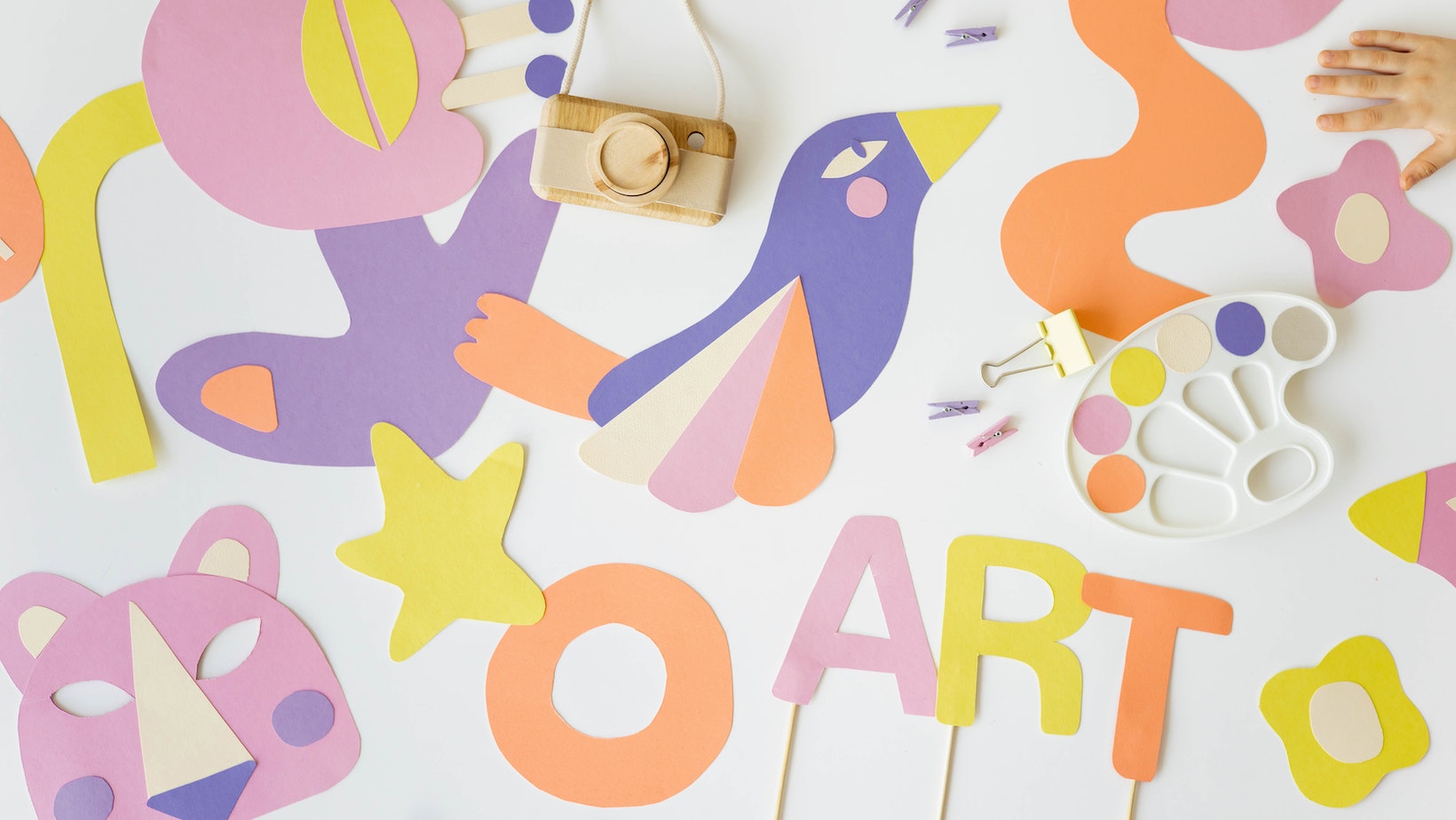Table of Contents
ToggleHow to Make a Clipping Mask in Illustrator
Are you looking to learn how to make a clipping mask in Illustrator? Well, you’re in luck because I’m here to guide you through the process. Creating a clipping mask in Illustrator allows you to crop an image or artwork into a specific shape or object, giving your designs a polished and professional look.
To make a clipping mask, start by selecting the object that will serve as the shape of your mask. This can be any vector shape or text that you want to use. Next, position the object above the image or artwork you want to clip. It’s important to ensure that both elements are on the same layer.
With both objects selected, navigate to the “Object” menu at the top of your screen and choose “Clipping Mask,” then click on “Make.” Alternatively, you can right-click on the selected objects and select “Make Clipping Mask” from the drop-down menu. Voila! Your image is now neatly cropped within the boundaries of your chosen shape.
Remember, if you ever need to edit or release a clipping mask in Illustrator, select it and return to either the Object menu or right-click options. You can choose “Edit Clipping Path” or “Release Clipping Mask” respectively.

Understanding Clipping Masks in Illustrator
Clipping masks in Adobe Illustrator are a powerful tool that allows you to control the visibility of artwork within a defined shape. They provide a way to create interesting and dynamic designs by hiding parts of an image or graphic while still maintaining its original shape.
To create a clipping mask in Illustrator, follow these steps:
- Select the objects: Choose the object or group of objects that you want to use as the mask and the object(s) that you want to be masked.
- Apply the mask: Go to the “Object” menu, select “Clipping Mask”, and then choose “Make”. Alternatively, you can use the keyboard shortcut Ctrl+7 (Windows) or Command+7 (Mac).
- Adjustments: You can adjust your clipping mask by selecting it with the Direct Selection Tool (A) and moving or resizing it as needed.
- Release the mask: If at any point you want to release the clipping mask and revert back to individual objects, simply go to “Object”, select “Clipping Mask”, and then choose “Release”.
Clipping masks can help you achieve various effects in your illustrations or designs. Here are some key benefits:
- Efficiency: Clipping masks allow you to quickly hide portions of an image without permanently altering it. This saves time compared to manually erasing or deleting unwanted areas.
- Flexibility: With clipping masks, you can control which parts of your artwork are visible while keeping everything intact. You can easily experiment with different compositions and arrangements.
- Non-destructive editing: Since clipping masks don’t permanently alter your original artwork, you can always revert to the original state if needed. This makes them ideal for iterative design processes.
- Complexity reduction: By using a clipping mask, you can simplify complex illustrations by focusing on specific areas or details. It allows you to create visually interesting designs with ease.
Final Thoughts
Understanding how to make a clipping mask in Illustrator opens up a world of creative possibilities. Whether you’re designing logos, illustrations, or digital artwork, mastering this technique will enhance your ability to control visibility and create stunning visuals. So explore the power of clipping masks in your next Illustrator project!
Now that you know how to create a clipping mask in Illustrator feel free to experiment with different shapes and images for endless creative possibilities. With this powerful tool at your disposal, you can add depth and visual interest to your designs effortlessly. Happy masking!






